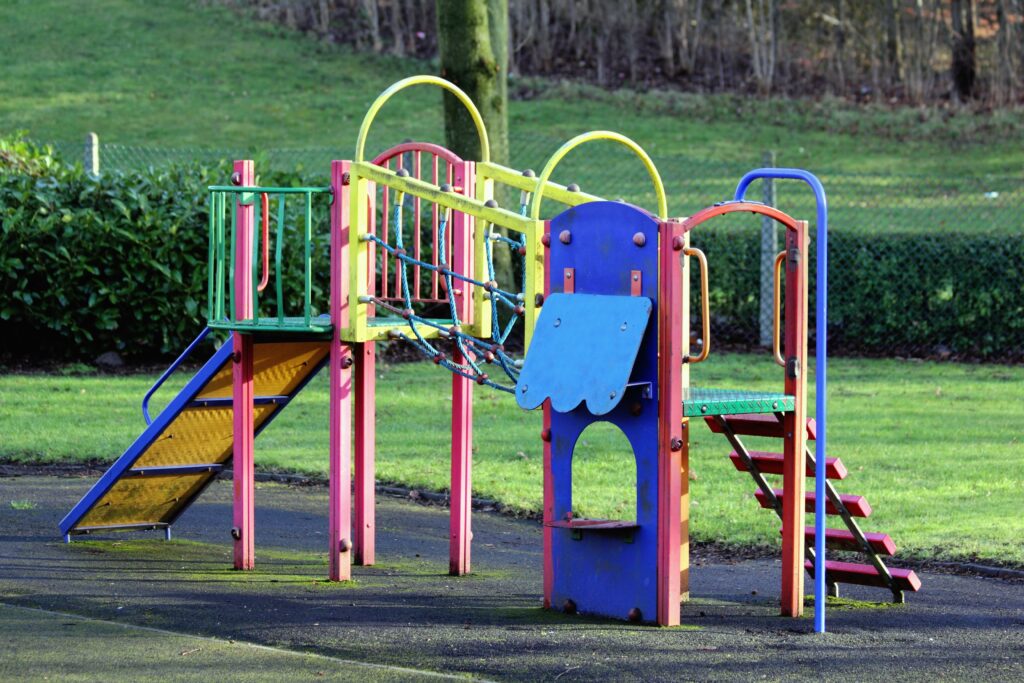
By Taft Weber-Kilpack, service designer
As a design-oriented environment, you can imagine Harmonic Design is a thriving world of creatives, always interested in something new. The world of service design is constantly evolving, and we are always learning and growing our methods to meet clients’ needs and pursue our own design passions.
To better understand how we are growing, we undertook a four-month internal project to learn about what our designers do to develop their practice, connect with outside fields, and foster learning environments on their projects. With a broader view, we could see the way Harmonic Design’s practice interacts with the practice of each individual on the team (Harmonicas) and broader communities of practice, discovering:
With these insights, we began experimenting with internal activities to investigate how we could support practice-building more.
The project was led by the same service design approaches we usually use for client work. I conducted 16 interviews using visual research frameworks, similar to client project discovery. I attended meetings for internal initiatives, chatted with people who had led practice-related projects, and picked the brains of some of our best systems thinkers. There is no shortage of resources and brain power on the team – especially when you plant the seed of carving out more time for learning.
Harmonicas have various interests that intersect with, are tangential to, or even wildly unrelated to service design – and the interviews showed how people see each others’ niche interests as valuable and generative to their practices. Practitioners are also applying their values (e.g., design as a driver for equity) and using them as a direction for learning and growing opportunities. Interests and values cut across the client teams we usually work on and become opportunities for building connections and learning from each other.
And how exactly are our teammates learning? They’re up to everything! To name a few: reading, watching videos, building new templates, interviewing other designers, attending events, going on service safaris, reaching out to coworkers for advice, writing, teaching design, and working on passion projects. But, each individual engages in different activities for different reasons. Any of our experiments need to keep this variety in mind, respecting that no one-size activity would work for everyone. Designers would benefit from autonomy in shaping and choosing their practitioner activities.
I defined practitioner activities as “an action someone takes that they feel actively contributes to or stretches their practice.” In synthesis, three different ways to understand practitioner activities appeared:
These categories could be interesting reflective tools for other practitioners.
With all those designer minds, we conducted an ideation session during our weekly team meeting. Prompted by possible scenarios of a future studio environment, we asked people to share their “I would love this” ideas and “I would hate this” ideas, acknowledging that what worked for one person on the team might not be a great fit for someone else.
The playground and laboratory scenarios are opposites of each other in the framework and paint a picture of very different learning environments. The point was not to pick a future scenario but to instead use them as inspiration during brainstorming – and they became very helpful in guiding the conversation during the ideation session.

There is an underlying structure with open spaces in which people explore their own interests, both individually and in organically-formed groups.
Keywords: joy, adventure, teamwork, sharing, recovering

An environment for experiments and the production of new knowledge and methods that systematically seeks and references outside knowledge.
Keywords: connected, structured, generative, focused
Since the ideation session, we spent a couple of weeks running smaller experiments across the studio, seeing what interventions people find useful for carving out dedicated practice time. Here are some activities that we’ve tried that you might enjoy trying in your studio or practice too:
With each experiment, we are learning more about what works for different members of our teams and adjusting for the next iteration. There are more layers to go, like looking at policy or culture interventions we can take over a more extended period and finding ways to support people who are especially feeling a time crunch in their calendars.
Some questions that remain for us that might be interesting reflection questions for you too: